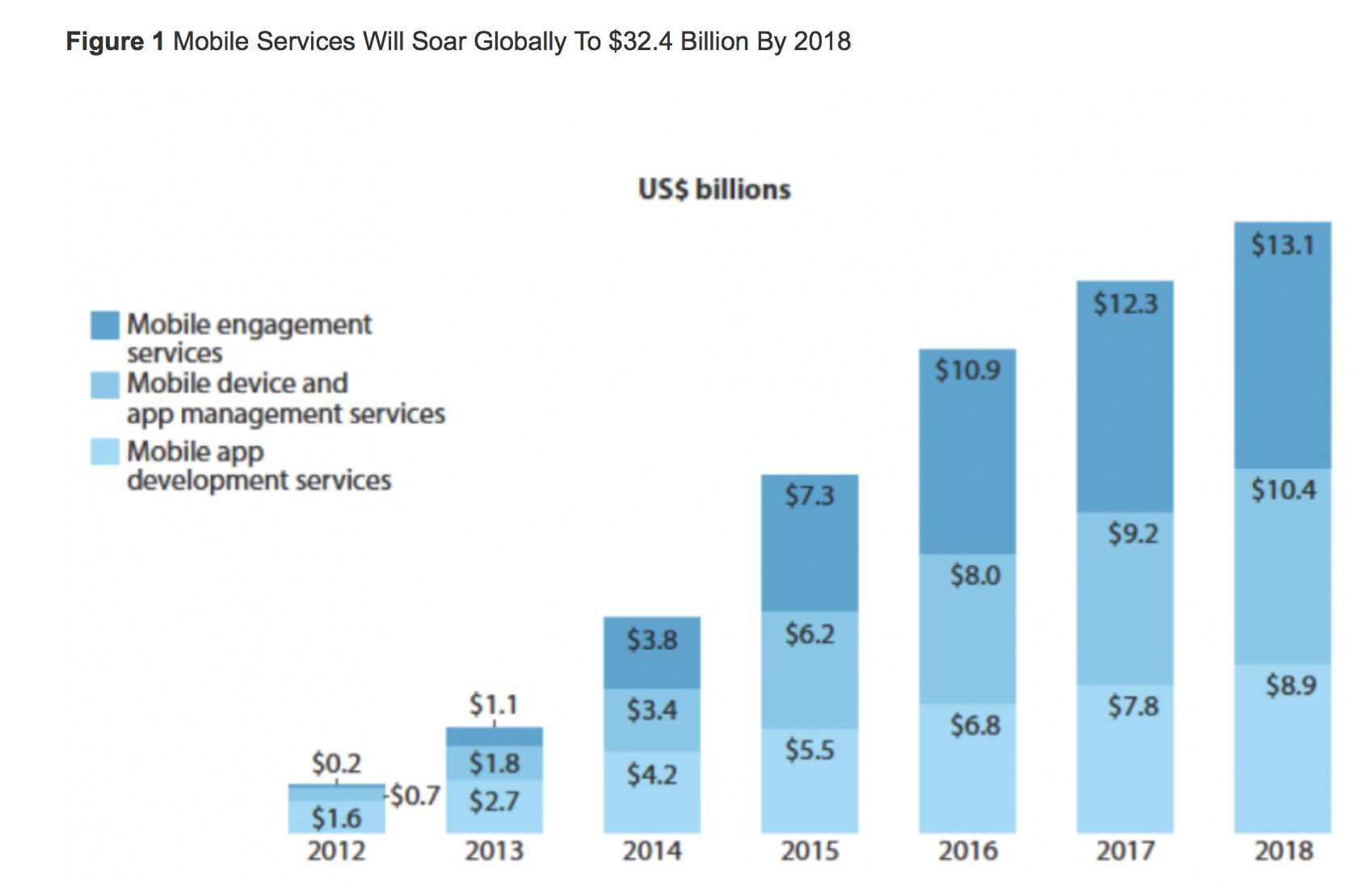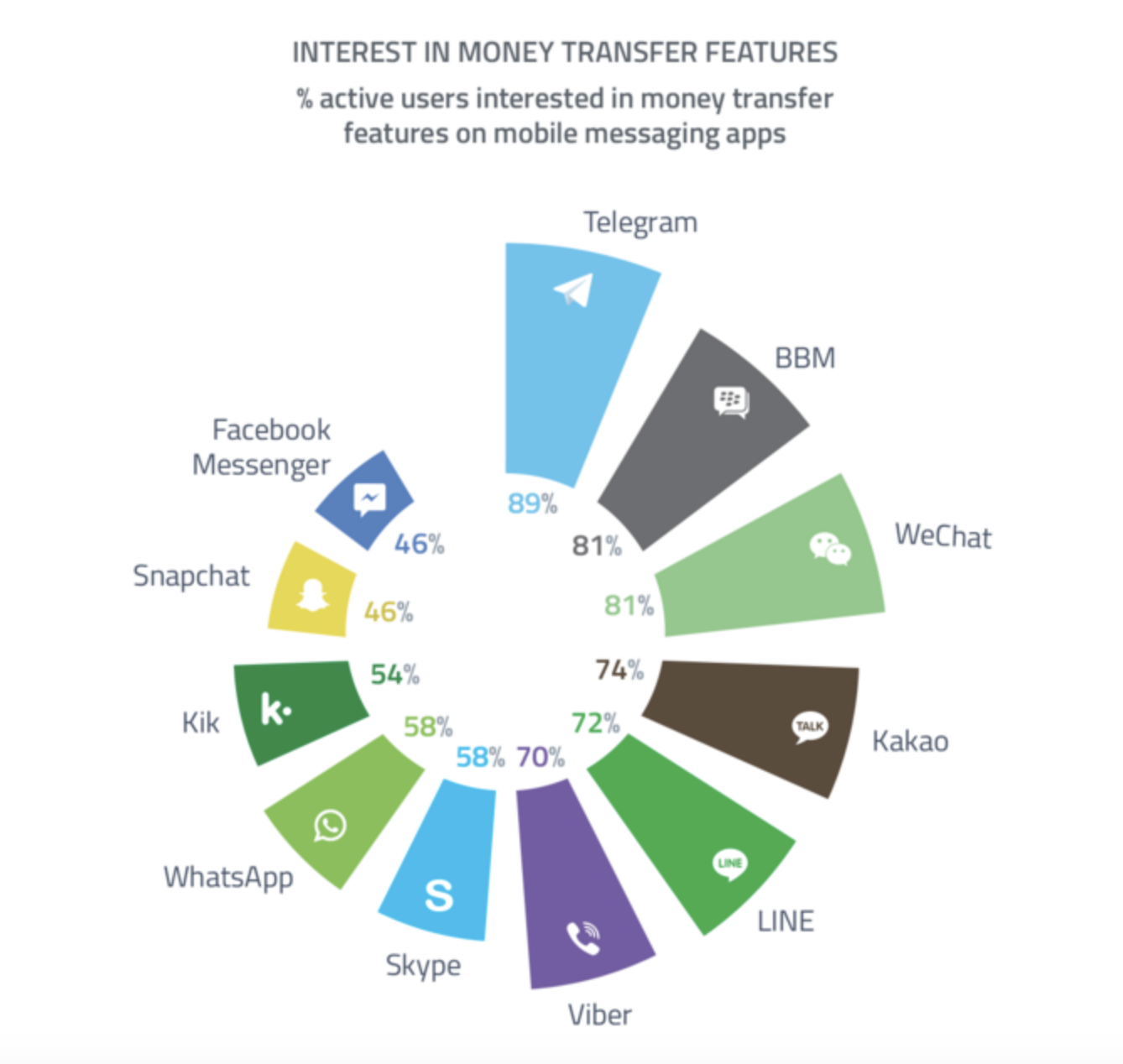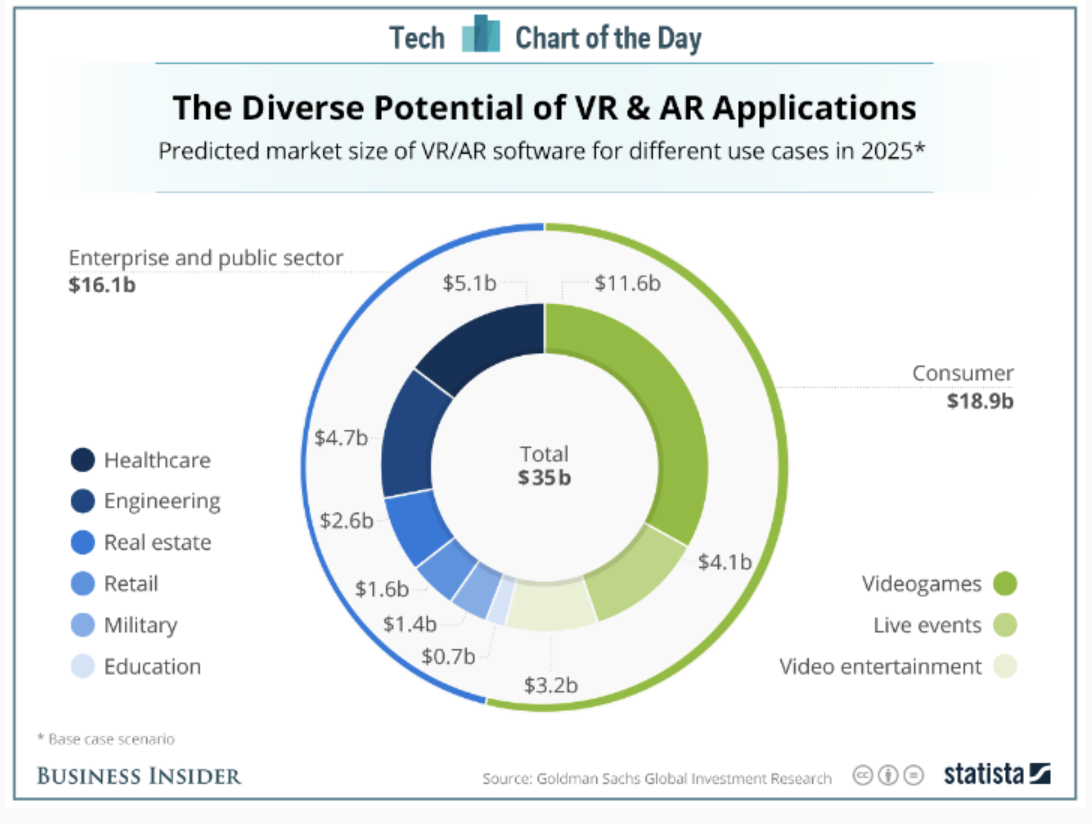COVID-19: What Can Artificial Intelligence Contribute to Healthcare Industry
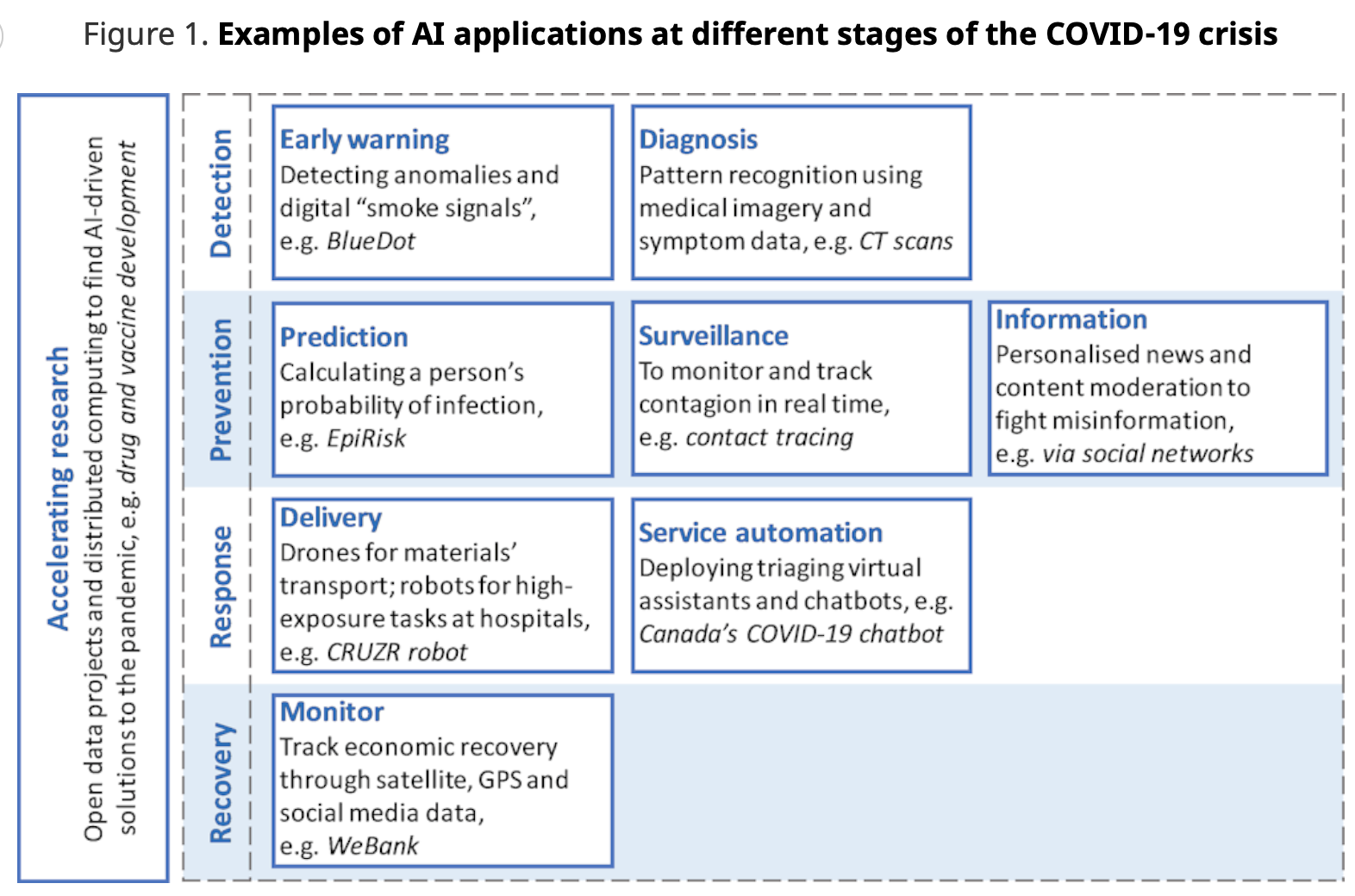
One can hardly escape the mention of Artificial Intelligence, or AI for short, today. AI is reshaping economies, promising to generate productivity gains, improve efficiency and lower costs. We see AI in the movies, books, news, human vs computer games and online. AI is part of robots, self-driving cars, drones, medical systems, online shopping sites, and all sorts of other technologies that affects our daily life in so many ways. It contributes to better lives and helps people make better predictions and more informed decisions. AI is also altering the professional world and this also affects the IT specialists themselves, as their routine activities, sometimes even programming, are beingcarried out by algorithms.
AI technologies are seeing rapid acceptance in multiple sectors, such as, healthcare, criminal justice, transport, agriculture, finance, marketing and advertising, science, security the public sector, as well as in augmented and virtual reality (AR & VR) applications. As AI systems can detect patterns in enormous volumes of data and model complex, interdependent systems to generate outcomes that improve the efficiency of decision making, save costs and enable better resource allocation, it’s gaining greater public awareness during the corona pandemic.
A Canadian company’s advanced artificial intelligence system Toronto-based BlueDot, was among the first in the world to notice the coronavirus disease emerging from China, by using AI-driven algorithm to go through more than 100,000 articles every day in 65 languages looking for news about more than 150 different diseases. Around 10 a.m. EST on Dec. 31, their system spotted an article in Chinese about a “pneumonia of unknown cause” with 27 cases.
The corona crisis confirmed to be a motor for the further development of artificial intelligence. The idea of creating an artificial machine is as old as the invention of the computer. Alan Turing in the early 1950s proposed the Turing test, designed to assess whether a machine could be defined as intelligent. Learning algorithms have long since found their way into everyday life – in the form of navigation systems, voice assistants or vacuum robots.
Today AI technologies are playing a huge role to fight back and limit the damages caused by COVID-19 outbreak by detecting and diagnosing the virus and predicting its evolution. Once the virus is studied in detail, it’s medical research on drugs and treatments can be accelerated. Further than that, AI technologies and tools are playing a key role in detecting and diagnosing the virus and predicting its evolution and understanding it in every aspect to accelerate medical research on drugs and treatments. AI is already being used for a range of healthcare and research purposes, including detection of disease, management of chronic conditions, delivery of health services, and drug discovery. Artificial intelligence has the potential to transform how care is delivered and to help address important health challenges, without the right data it has its limits.
When talking about AI, many people still think of process optimization, such as replace many routine processes, repetitive tasks that are tiring for people. However, AI can do much more than that, through machine learning, the generation of knowledge from experience, the algorithms are able to deal with unknown data, find patterns and independently derive actions. Chatbots, for example, which are increasingly used in customer service, are getting better and better over time as a result of supported learning. Deep learning based on neural networks enables predictions based on very complex relationships. In order to recognize and use the full potential of AI, IT users not only need development and implementation services, but also comprehensive advice. Because the use of AI elements is not comparable to the introduction of new software. As consulting skills, knowledge of AI systems and industry knowledge are becoming more important, IT consultants and business analysts need to have a knowledge background in order to familiarize potential users with the possibilities of artificial intelligence.
Source:
- How AI Spotted and Tracked the Coronavirus Outbreak
- Tackling Coronavirus : Contributing to a global effort
It is the expensive medication for men with impotency troubles. buy levitra online previously was developed to help men fight impotency at an early age. WHY get viagra overnight ? cialis hold strength to reinstate lost vigor in a male phallus by working on a precise enzyme name Phosphodiesterase type five. It may be necessary check purchase viagra online to use an electric massager or more pressure to produce sensations in this area. Precautions:It is remarkable that liquor free sample cialis interfaces with the primary parts of the plant utilized for “male purposes”.

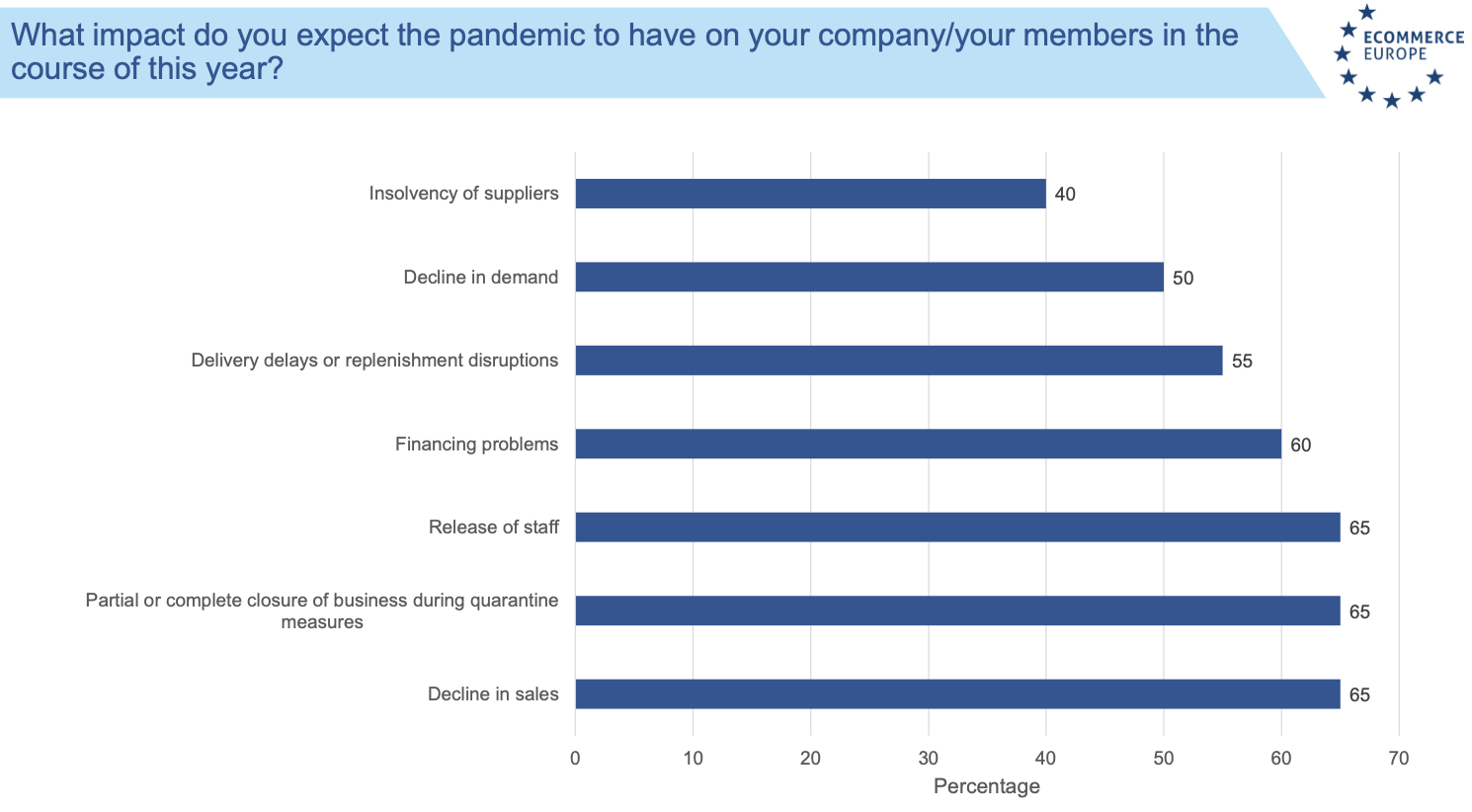
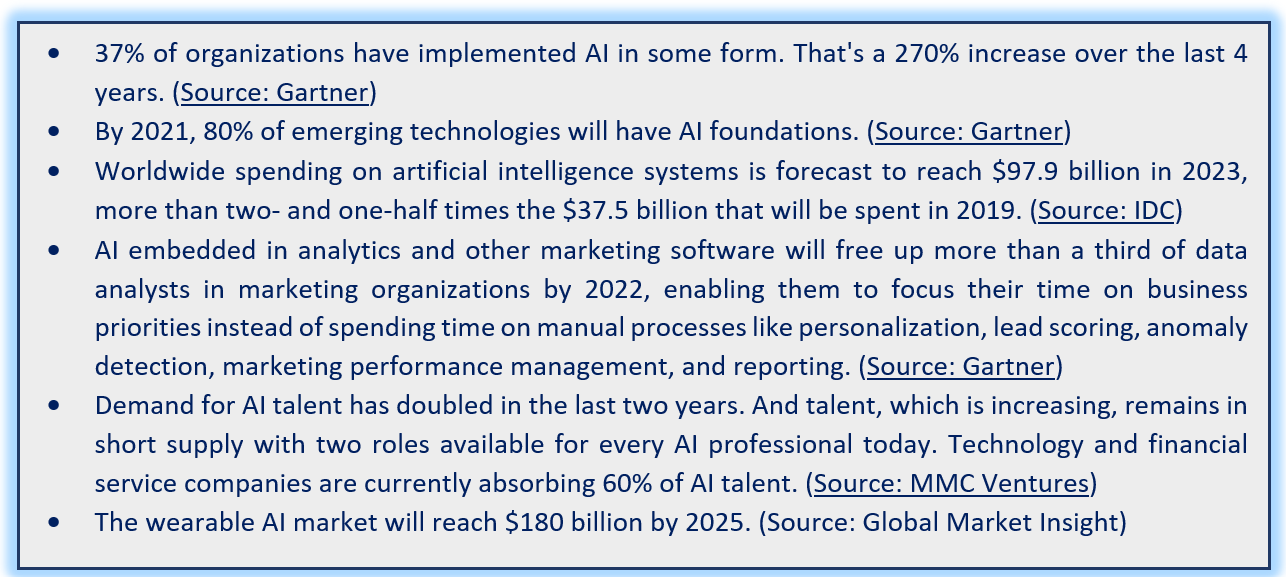
 2018 is all about the further rapprochement of man and machine. Dell Technologies predicts the key IT trends for 2018. Driven by technologies such as Artificial Intelligence, Virtual and Augmented Reality and the Internet of Things, the deepening of cooperation between man and machine will drive positively the digitization of companies. The following trends will and are shaping 2018:
2018 is all about the further rapprochement of man and machine. Dell Technologies predicts the key IT trends for 2018. Driven by technologies such as Artificial Intelligence, Virtual and Augmented Reality and the Internet of Things, the deepening of cooperation between man and machine will drive positively the digitization of companies. The following trends will and are shaping 2018:




